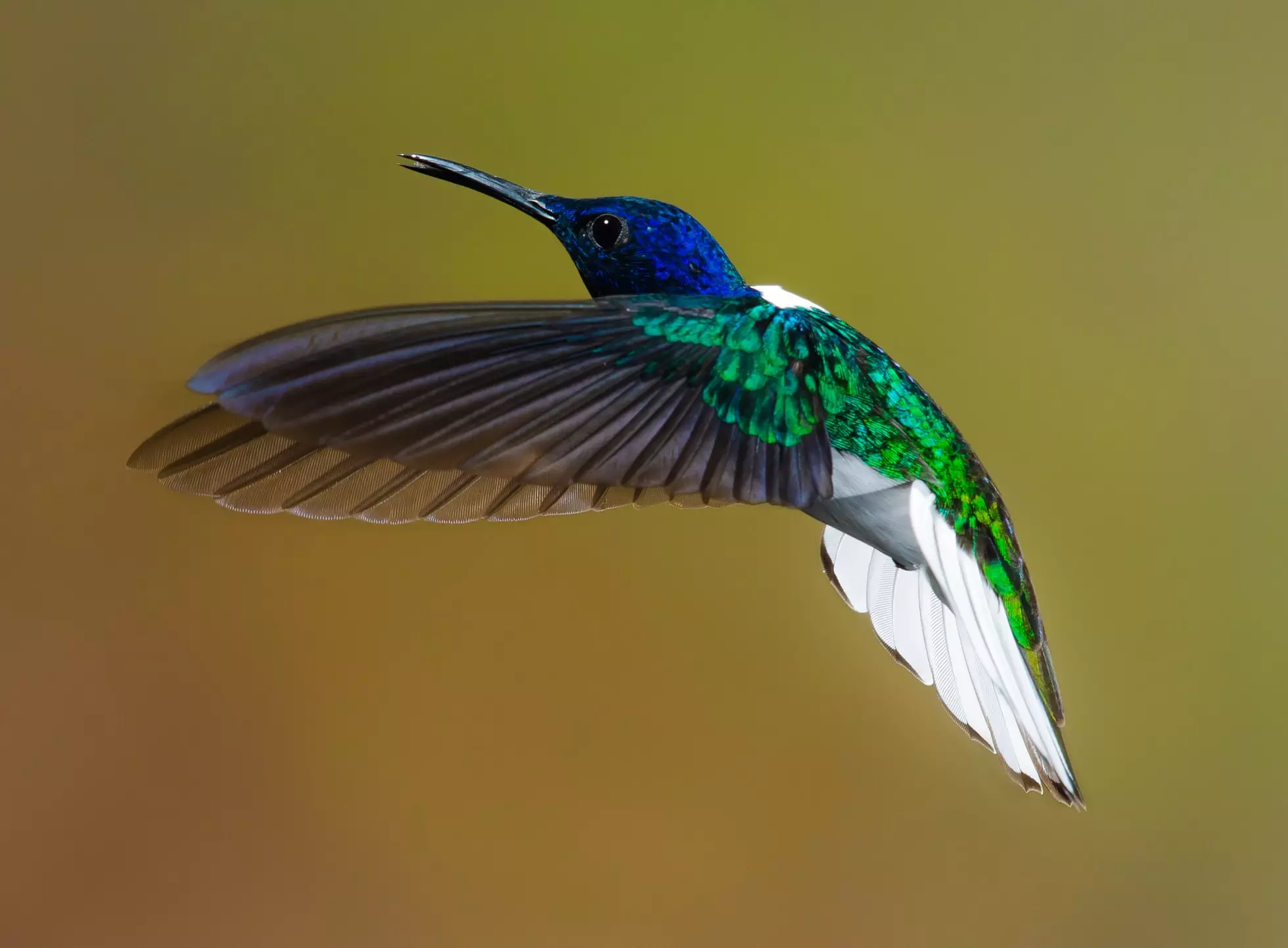Most land birds such as wood thrush, western tanager, sparrow, and magnolia warbler migrate at night.
Birds migrate at night for various reasons, such as to avoid predators and conserve energy due to cooler air. Nocturnal migrations make it difficult for ornithologists to study migratory patterns. Until now, researchers and ornithologists have been using radar systems with thermal imaging cameras to record avian migration. But analyzing night images to classify birds and track migration is a challenging task. But that was only until recently. Researchers can now utilize the capabilities of deep learning in ornithology to analyze radar images and track nocturnal migration. Similarly, deep learning can also be leveraged to classify birds and conserve rare species.
The Role of Deep Learning in Ornithology
Extracting useful information from images, audios, and videos with the help of deep learning can play a vital role in helping ornithologists across different areas of research.
Classification of Birds
Deep learning and convolutional neural networks (CNNs) already have various applications in text and image classification. The same technique of classifying text and image can be used to classify audio. It can help in classifying birds based on their sounds. For instance, the recorded sounds of various birds can be fed as input to CNNs. The CNNs can then, based on training data, classify birds and categorize them as different species.
Recorded sounds might contain noises made by rare or completely new species. And accurate classification with the help of CNNs can help researchers discover these new species.
Tracking of Migratory Patterns
Radar systems generate data in large scales to track migratory patterns. But analyzing these huge volumes of data is both time-consuming and challenging for humans, especially when it comes to nocturnal migration where image quality is poor and riddled with background noises. Computer vision can be used to analyze and process the images taken by radar systems faster than humans can to extract more accurate information. Faster information extraction also lowers down the labor required to analyze images. Computer vision also enhances the accuracy of extracted information by removing background noises from images and videos. This ability of computer vision can help to study the migratory patterns for birds that migrate at night. Computer vision helps to monitor and keep count of the number of birds who migrated and compare them with the numbers that returned after the migration season.
Conservation of Endangered Species
Ethno-ornithology is the study of relationships between people and birds. It majorly focuses on enhancing human understanding about birds to help in conservation. The information extracted from images with the help of computer vision can increase human understanding about birds. For instance, migrating birds face various potential threats like oil drilling rigs, windmills, and tower lights that are created by humans. A better comprehension of avian behavior can then help people to take initiatives that can help conserve endangered species.
Implementing deep learning in ornithology will, therefore, help researchers, activists, and every individual to play a vital role in conserving bird species. And it’s not just ornithology, deep learning can be implemented across all areas of biological research to maintain biodiversity across the world.




Leave your comments
Post comment as a guest